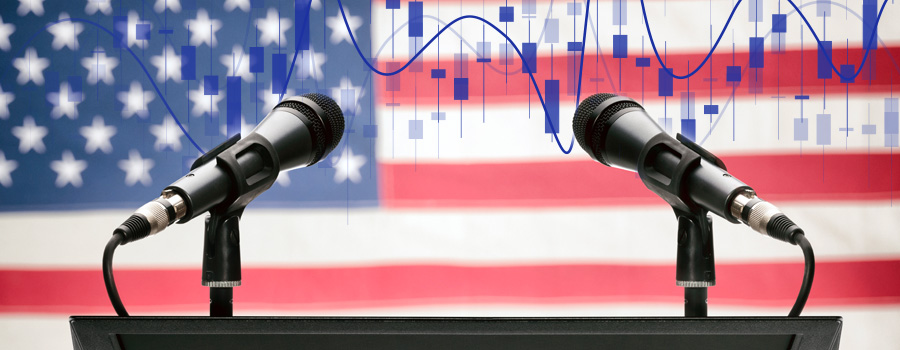The figures on the American economy may evoke memories of a very dark period, but we fortunately don’t have to be as concerned as newspaper headlines sometimes suggest.
One of the most powerful men in the financial world sketched a very bleak prospect for the United States this week. Jerome Powell, Chairman of the Federal Reserve, is anticipating a 30% contraction in the US economy in the second quarter of this year, with unemployment rates of 25% - 30%. The last time that such a large portion of the American workforce was jobless was during the Great Depression that began in 1929. The economic misery then lasted for over a decade and the turnaround to a truly convincing economic recovery did not happen until after the Second World War. So, how concerned should we be, exactly?
Find the differences
Fortunately, there are many more differences than similarities when comparing the current situation to the outbreak of the Great Depression. This starts with the cause. More than 90 years ago, the misery began with the bursting of a bubble on the US stock market – after ten years of unbridled economic growth and huge price increases. This time, it’s not about a bubble bursting. The American economy was functioning reasonably well until everything was artificially shut down on account of the measures concerning the COVID-19 pandemic. Powell stresses that there is no reason why the economy should not get back on track once those measures are reversed.
Far too little, far too late
The US government has already freed up nearly $3,000 billion to ease the economic pain. During the Great Depression, the government only pulled out its wallet after more than four years. That was not only far too little but also far too late, when you consider that more than 9,000 banks went bankrupt in the first months of this depression. Finally, the role of Powell himself must not be undermined. According to several researchers, if the Federal Reserve had immediately cut interest rates in 1929 and granted the banking sector adequate financial support, the depression that occurred then would never have reached such historical proportions.
Stronger than in the past
Powell can’t be accused of merely looking on without doing anything while a major disaster unfolds. The US Central Bank already lowered the interest rates from 1% to 0% in the second half of March. On top of that, Powell has given the economy a huge boost through bond purchases and other programmes. Moreover, he told us that he still has several tricks up his sleeve. Usually, a remark like that puts some pressure on a currency, but the dollar rose by 1% against the euro at the beginning of this week. In addition to this, France and Germany announced a European support programme of 500 billion euros. However, the economic world apparently also paid attention to Powell’s prediction: ‘The American economy will be even stronger than before. And this will happen sooner than you think!’
Joost Derks is a currency specialist at iBanFirst. He has over twenty years of experience in the forex world. This column reflects his personal opinion and is not intended as professional investment advice.
Topics






